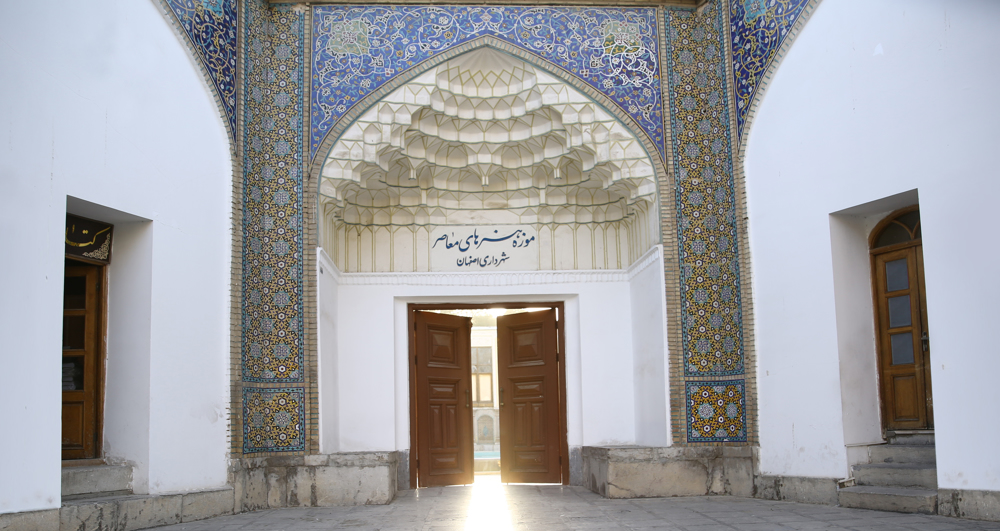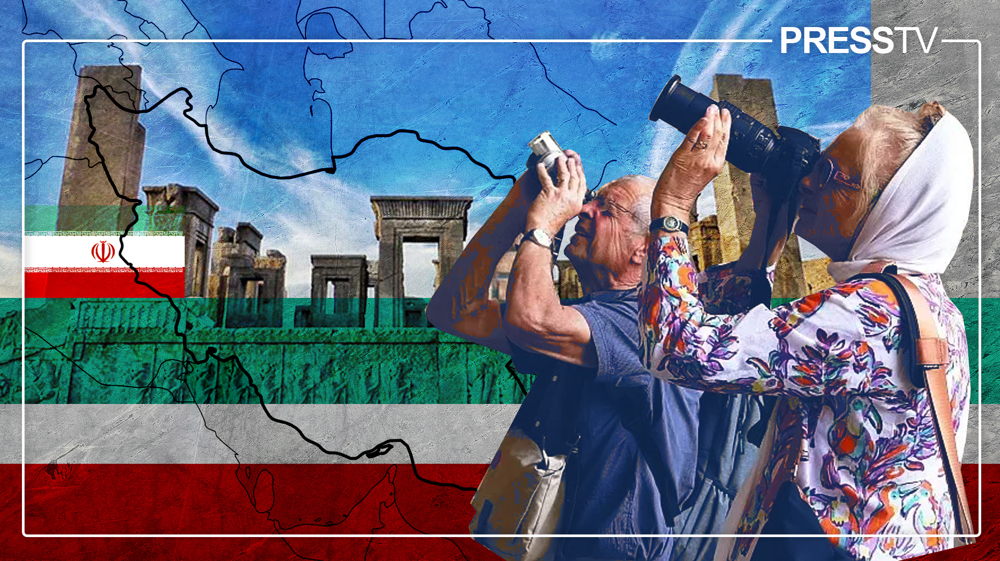Two endangered cheetahs in Tehran for conservation project
Two Asiatic cheetahs, a critically endangered species, are kept in the Iranian capital of Tehran far from their natural habitat as part of a special conservation program, Press TV reports.
“The project was initiated to research and analyze the circumstances of cheetahs living in Iran. Everyone knew that the only remaining Asiatic cheetahs were living in Iran. But no one in the world could dare to see this beautiful animal become extinct,” project manager Houman Jowkar told Press TV.

The two cheetahs, one male and one female, are kept close to Milad Tower, a landmark in the capital.
Because they are “the only couples in captivity, we would like for them to reproduce,” an animal keeper told Press TV.
The animal keeper added that they are doing their best to provide the desired circumstances for the cheetahs, which are kept far away from their usual habitat in the scrublands of north of Iran.
The cheetahs are fed and checked once daily, said a wildlife veterinarian with the project, who is in charge of checking the reports of the cheetahs’ diet and progress regularly.
Their daily intake includes just one-and-a-half kilograms of meat, given their reduced physical activity in comparison with their peers in the wild. However, the female cheetah will be given twice the amount if she gets pregnant.

The Asiatic cheetah or Iranian cheetah is a critically endangered species now on the verge of extinction and an important part of Iran’s natural and cultural heritage.
One of the significant aims of the preservation efforts is to raise public awareness not to harm the world’s most graceful wild cats.
Masood Hatami, a former hunter and nature lover who has dedicated his life to preserving nature and wildlife, has taken the first major step in Iran to protect the animal by insuring it. The insurance which covers livestock attacks by the cheetah will keep farmers from harming the animal.
In the early 20th century, the population of the Asiatic cheetah was distributed across many countries, including India, Pakistan, the Middle East and Russia.
Currently, the only existing population lives in the northeastern Iranian scrublands, where only 50 to 70 individuals are estimated to survive in the wild.
The United Nations Development Program (UNDP) in Iran is directing a project in conjunction with Iran's Department of the Environment dubbed the Conservation of Asiatic Cheetah Project (CACP).
MIS/NN/HMV

How Nowruz, which symbolizes rebirth, is celebrated across the world

Isfahan’s Museum of Contemporary Art, a home for visual arts, reopens with new look

Iran's foreign policy and its key impact on international tourism investment
Palestine Land Day: A powerful emblem of resistance against settler-colonialism
Iran wins Asian Freestyle Wrestling Championship in Jordan
14 Gaza medics killed by Israeli military fire found in Rafah: Red Crescent
Iran can rely on its hydrocarbon resources for 100 years: NIOC
Syria's Kurds reject legitimacy of new 'transitional government'
VIDEO | Press TV's News Headlines
VIDEO | Palestine Land Day
VIDEO | Seoul rally condemns Israeli attacks, US crackdown on pro-Palestinian students






 This makes it easy to access the Press TV website
This makes it easy to access the Press TV website